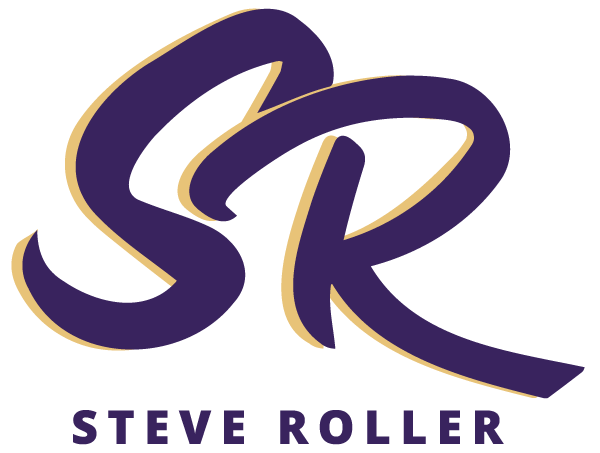
copywriting money tree
What’s the main number you hear copywriters (successful ones, at least) talk about more than any other?
Annual income, right? Down to the penny, in fact, if it surpassed the coveted six-figure mark the year before.
What you don’t often hear are the numbers it took to generate that type of income.
Today we’re going to take a slight detour from copywriting per se. We’re going to look at the key numbers behind the business of copywriting.
Running a successful freelance copywriting business really boils down to analyzing and focusing on a few key numbers.
“Keeping score,” as I call it, will help you:
- Diagnose exactly where you need to improve
- Track improvement from month to month and year to year
- Take control of your business instead of waiting for things to happen
- Make more money
The copywriting payoff
I spent 15 years in direct sales, and I credit a lot of my success to using this strategy. In 1999, I set a benchmark of $351,500 in sales (not income) that I needed to achieve for the year. The big payoff, above my normal commissions and bonuses, was an all-expense-paid, seven-day trip for two to Hawaii.
That year, I was like a baseball statistician keeping track of my numbers. On any given day, I could tell you how many people I had talked to that month, how many sales I had made, how many people on my prospect list I hadn’t contacted yet, what my average client size was, and what my total sales to date were.
On the last day of the year, I landed one more client, which put my total number for the year at $352,200. I beat my goal by 0.2%! Thanks to “keeping score” all year long, I always knew exactly what I needed to do and where I needed to improve.
Get fanatical about tracking these five numbers on a weekly, monthly, and annual basis, and your income will go up:
1. Conversations
How many conversations (by phone, email, or in person) did you have with legitimate prospects?
2. The pipeline
How many people are currently in your pipeline? In other words, how many people have you had a conversation with, proposed some level of service to, but haven’t retained as a client yet?
3. Projects
How many paid projects did you work on this week?
4. Collected money
Not invoiced, but actually collected for completed projects or future work.
5. Average project size
This number will constantly fluctuate based on your numbers for 3 and 4 above.
Two ways to grow your copywriting income
Want to make more money? Not counting passive or royalty income, you need to either increase the number of projects you do, or increase your average project size. It’s that simple.
To increase the number of projects, you need to get better at the quality of your conversations and your proposal-writing skills.
To increase your average project size, you need to increase the scope of what you can do for your clients, raise your fees, or get better results (which will allow you to charge more the next time.)
I can hear the objections now: “This will stifle my creativity,” “Too time-consuming and tedious,” “I’m just not a numbers person,” and from new copywriters, “I don’t have any numbers to track yet!”
Here’s the thing. Most successful businesses track their key numbers. Treat your freelance business like a business, and you’ll increase your chances of success.
The more you do it, the more fun it becomes. Seriously. And it shouldn’t take more than about 15 minutes a week. If it takes longer, it’s because you’re making a lot of money, and you won’t mind!
Do you keep score? Any numbers besides these that you track? Has it paid off for you yet? Tell me about your copywriting numbers.

